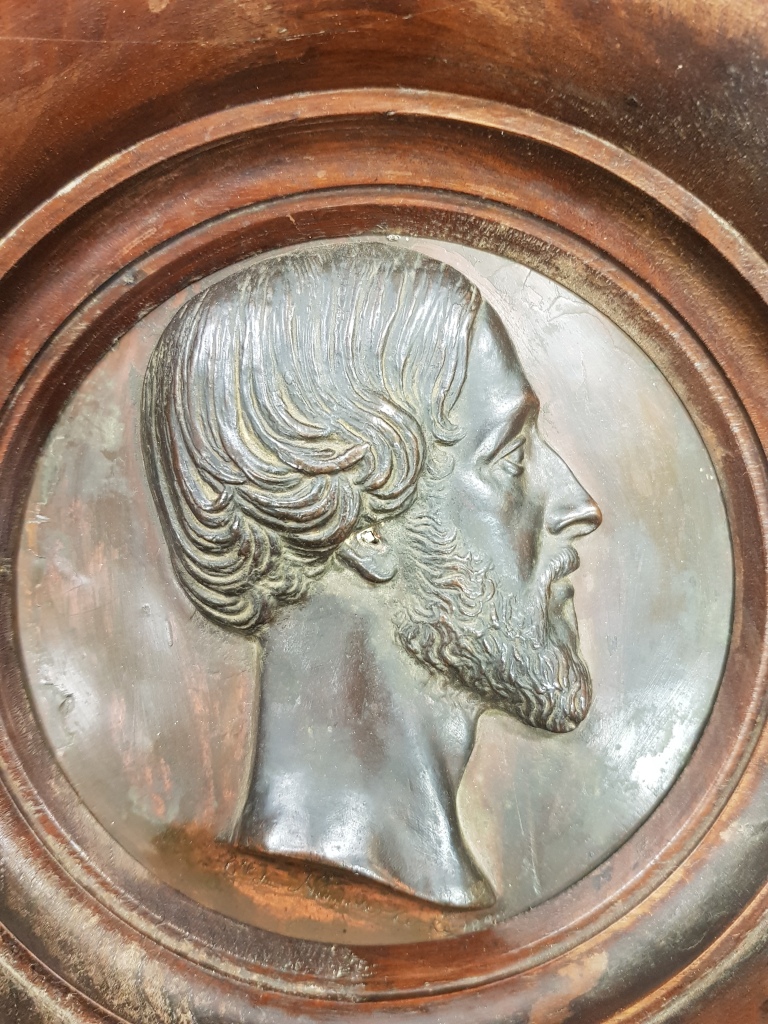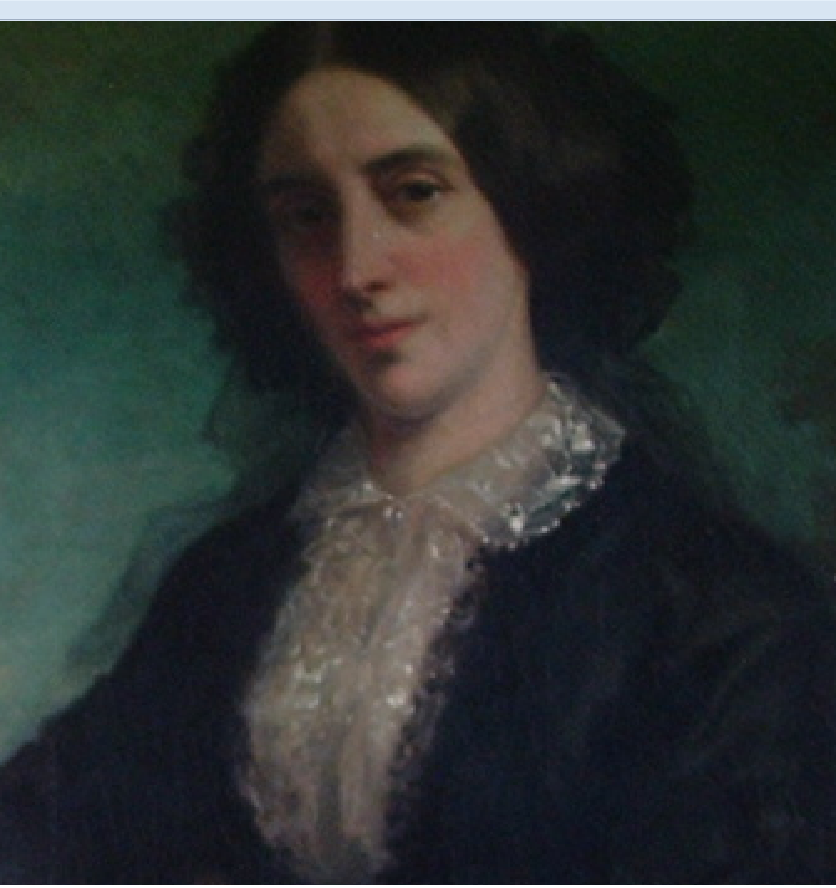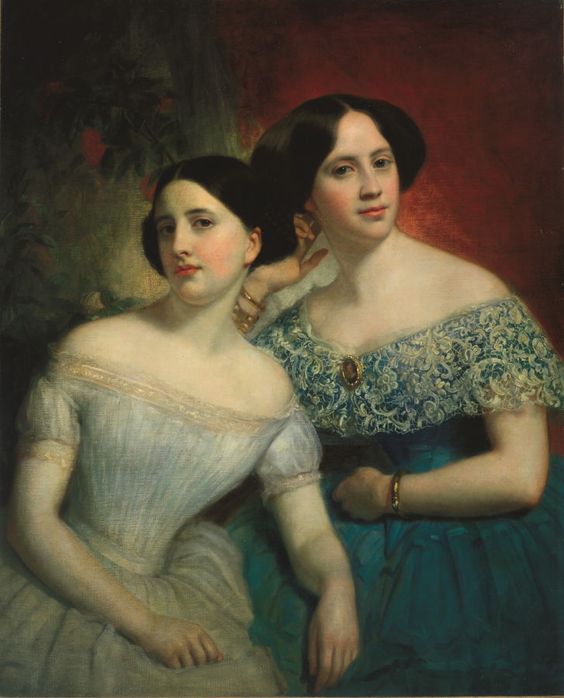As I try to build a picture of Colonel Thorn’s character, I try and envisage many things: how he dressed, what things he surrounded himself with, what his tastes were – in essence, his style. Below are some of the glimpses I’ve had into the material aspects of his life. This also gives me more information about businesses in Paris at the time.
Firstly, I found some mention of jewellry. Interesting that he was referred to as a banker. I find that there are often mistakes or anomalies in the reporting of facts. I guess that’s nothing new. History is only as good as it is accurate:
Then there was his piano, made by Monsieur Erard, which I assumed was an important part of his musical salon.
Lettre de M. le Colonel Thorn, Verneuil, à M. Erard, fabricant de pianos, 13 rue du Mail, Paris. 28 septembre 1839.
I found this excerpt below curious and am trying to find out more about the Longchamps story.
The most important French customers were the women of the great banking families of Rothschild and Fould, but even they were eclipsed by the scale of purchases from the Russians, English, and Spanish, either as visitors or residents in the city. According to the Chaumet ledgers, wealthy Americans—Colonel Thorn with six daughters to marry, Mrs. Bingham from Philadelphia, and Mrs. Henry Livingston II from “old New York”— were now acquiring important collections of jewelry.
[Footnote 1: Colonel Thorn was an American of fabulous wealth, who was for a season or two very notorious in Paris. He was the hero of the often-told story of the two drives to Longchamps the same day; first with one gorgeous equipment of liveries, and a second time with other and more resplendently clothed retainers.]
Finally, below is the most detailed information I have found of the way he lived, and his decor, leading again into the 1840 masked ball:
He [Thorn] was dressed at Buisson, shod at Gay, buying his gloves at Boivin. and his hunting rifles at Boutet. It was around 1835 that his name appeared in small fashion newspapers and memorialists. The chronicle of Baden shows him arriving in a sumptuous sedan “painted yellow, with green streaks”, with all his family. His daughter had married M. de Varaigne, his son Mlle Leykam, sister of the Princess of Metternich, and another daughter, whose beauty we never tire of praising, was yet to be married. Immediately this important man who is described as a financial potentate, an American colossus, linked up with two people of distinction, the Princess of Bethune and the Duchess of Rohan, who served as his chaperone, insinuates in his Memoirs the mischievous Apponyil , to push oneself into good Parisian society.

They persuaded him, first, to settle in a beautiful residence, to arrange it “in the old fashioned way” and to summon all of Paris there. They offered themselves to draw up the invitation lists, “on the express condition that he would add no other names to those they proposed to him.” M. Thorn enthusiastically accepted, and, on his return to the capital, sought a dwelling worthy of his rank, which he immediately found in the magnificent hotel in the rue de Varenne, which was then called the Monaco hotel, property of Mme Adélaïde, and which was to become before the 1914 war the hotel of the Austrian Embassy.
Mr. Thorn hired it for a very pretty prize and transformed it completely. The newspapers claimed he had spent over a million to ‘furnish it. “There are chairs, says Fashion, which are each worth more than 400 to 500 francs. But some salons were also furnished in Louis XIV, others in Louis XV. Henry, expert at the Louvre, and Pérignon, who had a garage in the rue Neuve-des-Augustins, had been commissioned to compose a set of pictures. For the rest, we had abused the small salons, the boudoirs that we loved then. One of them, on the ground floor, is described to us as follows: “There are sofas, rosewood armchairs where gold circulates in the grain of the wood. Silk with satin stripes covers the furniture, the curtains are in brocaded silk, the entire hanging is of fabric and thick doors roll on golden rods, the ornaments are in lacquer and the clock in rockery.”
In this house, thus arranged to the taste of the time, Mr. Thorn maintains an enormous staff: Swiss, footmen, coachmen, grooms, cooks, in all twenty-five people. In the afternoon, he goes to the Bois on horseback, followed by three lackeys in full livery or else in a Dietz carriage drawn by four horses, the driver very high in his seat, Drappier livery, and two servants seated in the back. He greets the Duke of Nemours trotting in the English style on his Arabian horse given by Abdel Kader, Prince Tuffraikin, this original which all Paris is crazy about; Lord Granville, the British Ambassador; the Duke of La Rochefoucauld, Prince Belgiojoso and all the fashionable people of the moment.
In the evening, the receptions begin. For ten years their echo filled the columns of small newspapers. No praising epithets that one does not award to the wealthy American. Mmes de Béthune and de Rohan have done things well and kept their promises; the whole of Paris in the Faubourg-Saint-Germain parades through the salons of the rue de Varenne. A certain masked ball given in 1840 by this American “so well become French by his taste and his sumptuous lavishness exceeds in splendor what we have seen in his house to this day. We meet there the Duchess of Dino as a Dutch lady from the Spanish era, the Marquise da Poldé as the Duchess of Ferrara, Mlle de Noailles as a Hungarian peasant, the Duchess of Talleyrand dripping with precious stones, the Duke of Ossuna in Philip II, the Duchess of Valençay in Diane.
All the armorial of France is represented, but, as the Sylphide says, from which we borrow these details, “the crowd has left its coats of arms at the door and only offers Mr. Thorn the elegance of manners and the charms of the beauty.” At a certain moment, a fanfare sounds, the doors of the large gallery open and we see six men costumed as oriental slaves towing a chariot in which are Miss de Rothschild and the daughter of the master of the house and led by Prince Belgiojoso. After this apotheosis, the dances begin. We begin with the queen’s minuet which features six ladies and as many horsemen and in which take part, among others, the Countess Samoyloff, wearing the admirable costume of the Duchess of Mantua, Miss Jenny Thorn in Italian peasant, Count Apponyi, cousin of the Austrian Ambassador, and Count Esterhazy in a sumptuous Magyar uniform. Prince Belgiojoso then sings “with that golden voice that we know him” the romance of Postillon de Longjumeau, while graceful young girls dance around him.
Finally we gather around Mr. Eugene Sue “dressed in a superb black velvet doublet. Espagnole, who is applauded in the polka, the dance news that we have just imported into Europe. After supper, served in the large dining room by the valets in French dress, we jump, we gallop until morning and dawn finds the last guests of Mr. Thorn getting into their cars which hurtle down by the silent rue de Varenne amid the noise of horses and desperate calls from the Swiss. There are ten, twenty such festivals which are described to us with the same luxury of detail. Sometimes we rent the splendid silverware of the master of the house, sometimes his paintings, sometimes the splendor of his French-style park is a perpetual concert of praise in the small press.

















Leave a comment